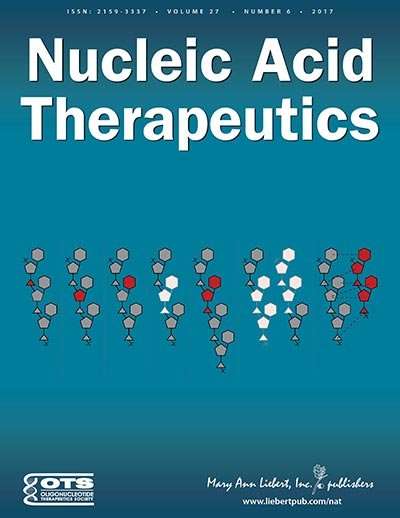New method stabilizes siRNAs without affecting gene silencing activity

Researchers have reported the ability to modify the structure of small interfering RNAs (siRNAs) to improve their stability and therapeutic potential without negatively affecting their potency and ability to silence targeted genes. The oligonucleotide modifications used and the experimental measures of thermal stability, helical structure, and gene expression are described in an article published in Nucleic Acid Therapeutics.
The article entitled "Structural Studies and Gene Silencing Activity of siRNAs Containing Cationic Phosphoramidate Linkages ," is coauthored by Danielle Vlaho, Johans Fakhoury, and Masad Damha, McGill University, Montreal, Canada. They provide a detailed description of the phosphoramidate modifications introduced in either siRNA passenger or guide strands to overcome stability issues and they detail any negative effects on the biological properties of the modified siRNAs.
"The ability to enhance siRNA stability and improve uptake by introducing internucleotide linkage phosphoramidate modifications into oligonucleotides is an important advance to achieve stability without sacrificing potency," says Executive Editor Graham C. Parker, PhD, The Carman and Ann Adams Department of Pediatrics, Wayne State University School of Medicine, Children's Hospital of Michigan, Detroit, MI.
More information: Danielle Vlaho et al, Structural Studies and Gene Silencing Activity of siRNAs Containing Cationic Phosphoramidate Linkages, Nucleic Acid Therapeutics (2017). DOI: 10.1089/nat.2017.0702




















